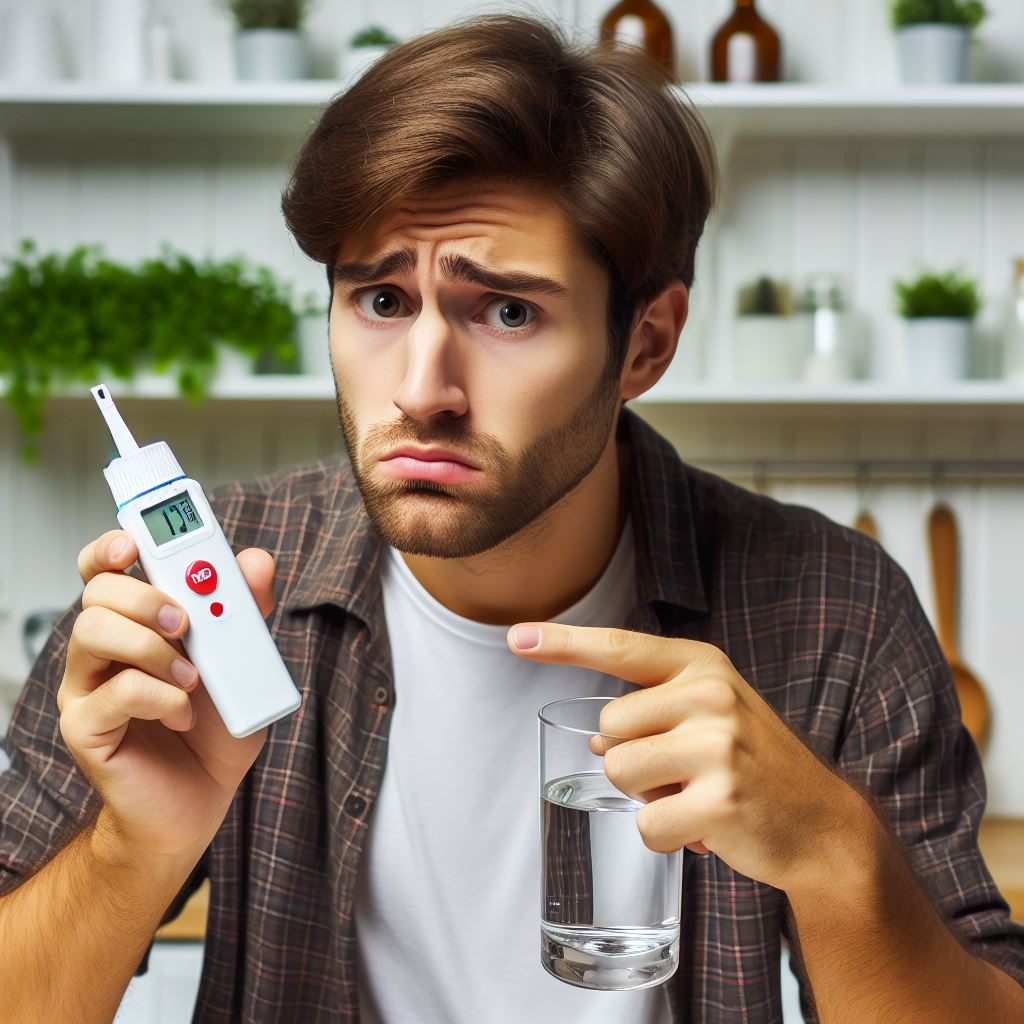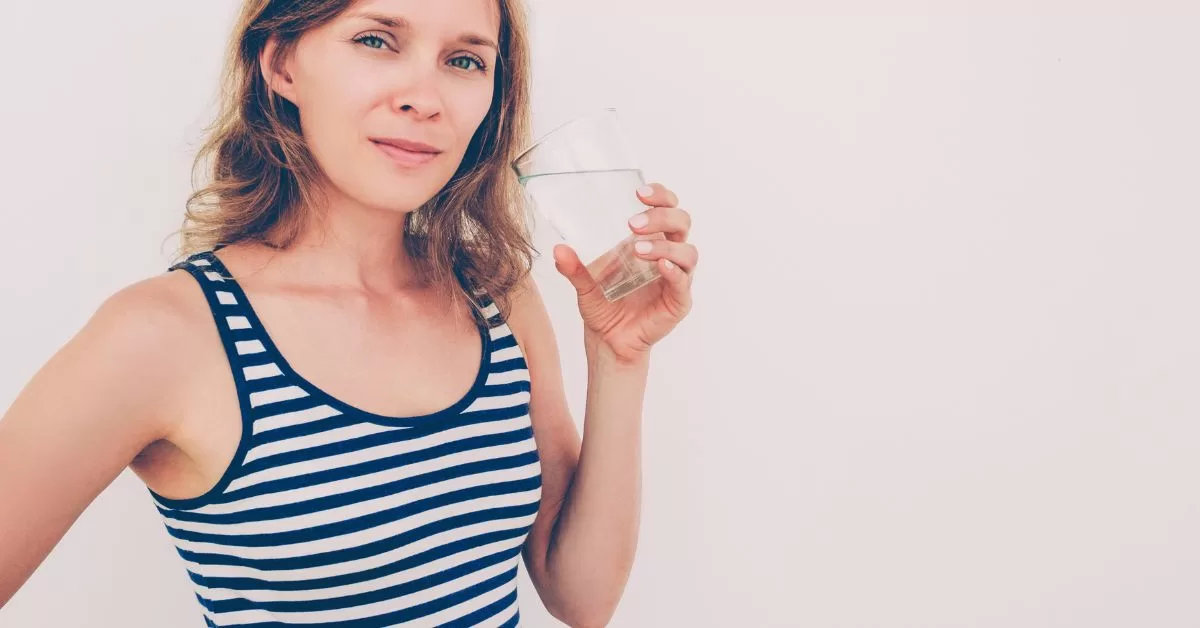When it comes to drinking water in Bangkok, the answer is not as straightforward as a simple yes or no. In recent years, there has been a lot of discussion about whether or not it is safe to drink tap water in Bangkok. Some people who live in the city drink tap water without any issues, while others say that they would never drink tap water in Bangkok. Why is that? Let’s begin with looking into the source of Bangkok tap-water.

MWA (Metropolitan Waterworks Authority) explains in their Consumer Confidence Report from 2022 that Bangkok water is sourced from Chao Phraya river and the Maeklong Dam in Kanchanburi Province. The water from these 2 sources are led via water canals called East Prapa Canal and West Prapa Canal to 4 different Water Treatment Plants. Surely, no one is expecting this raw water to be safe for drinking, and that leads us on to the next step in the Bangkok water supply chain: Water Treatment.
What is being done to make Bangkok water safe to drink?
As the water flows from the source via the canals to the Water Treatment Plants there is a natural filtration process occurring where sediment and solids sink to the bottom making the water improve in quality as it is on its way to the treatment plants.
At the treatment plants there are several steps taken by the MWA to treat the water and make it suitable for our daily use. One of the first things is to get the water as clear and as particle-free as possible and to balance the pH levels. The water is then chlorinated, filtrated in several steps with both sand and coal filters. Chlorine is also added in the final steps to eliminate bacteria and harmful microbes. The water is then pumped to the water transmission station and water distribution station via water tunnels and water trunk mains. The water is then pumped into the supply pipes and finally reaches our houses and apartments.
All treatment steps are closely monitored by the MWA, and you can actually monitor some of it yourself at this website. MWA follows the WHO guidelines for safe tap-water and you can see their water quality specifications in their report here. When the water leaves the water treatment plants it is considered safe to drink by World Health Organization standards.
So WHY then are not everyone in Bangkok drinking water from their taps instead of buying all these millions of plastic bottles and carrying thousands of liters of water back home from the store every year?
The problem is not the water source, neither MWA treatment plants but instead what might happen with your water after it has left the water treatment plants. Your water then continue its journey through a vast network of smaller supply lines under the streets of Bangkok until it reaches your home. At your home it might then be stored in large water tanks before it eventually reaches your tap.

When these pipes crack or break due to construction work, road works, age or vibrations from cars and trains – contaminations such as mud, sand silt, dirt, sewage water and rain water can enter the pipe lines and your drinking water. In addition to this, many buildings and homes store water in tanks that are not cleaned on a regular basis where bacteria such as E.coli and Legionella can grow. In fact, it is most likely not things you can see in the water that can make you sick, but rather the things you can not see.
In fact, it is most likely not things you can see in the water that can make you sick, but rather the things you can not see.
Is it possible to make my Bangkok tap water completely safe to drink?
Although many people in Bangkok is hesitant to drink tap-water it is certainly possible to make the water perfectly safe to drink. In fact, you can provide your entire home with safe, clean water from all outlets.
We recommend a 3-step treatment solution with sediment filtration, carbon filtration, and ultraviolet (UV) disinfection. Let’s quickly go through these three steps:
Sediment Filter

This is the first step and removes all the dirt, sand, mud, silt, and rust from your water. This is also helping to get your water clear enough for the UV-C Purification to work effectively.
Carbon Filter
This is the second step. It removes any smell and taste of chlorine from the water as well as traces of chemicals, pesticides, and other substances from the water.
UV-C Purification
It is not the sand, sediments, or chlorine that can make us sick – it is the viruses, bacteria and other harmful microbes. This is why the third step of your Bangkok water filter setup should include a high output UV-lamp to effectively inactivate these harmful microbes. Learn more about why we believe that UV water disinfection is the best way to make Bangkok municipal tap water safe to drink here.
A Complete Water Filter System to Make Bangkok Tap Water Completely Safe to Drink

Our Whole House water filter systems, such as the BIG F PRO incorporate the three essential steps mentioned above into one complete system that can easily be installed after your water tank and water pump. This system is easy to install and gives you and your Bangkok family clean, safe water from all outlets in your home. No need to ever buy bottled water again or look for a Bangkok water delivery service.
Interested in finding the best drinking water solution for your home in Bangkok? Learn more.




